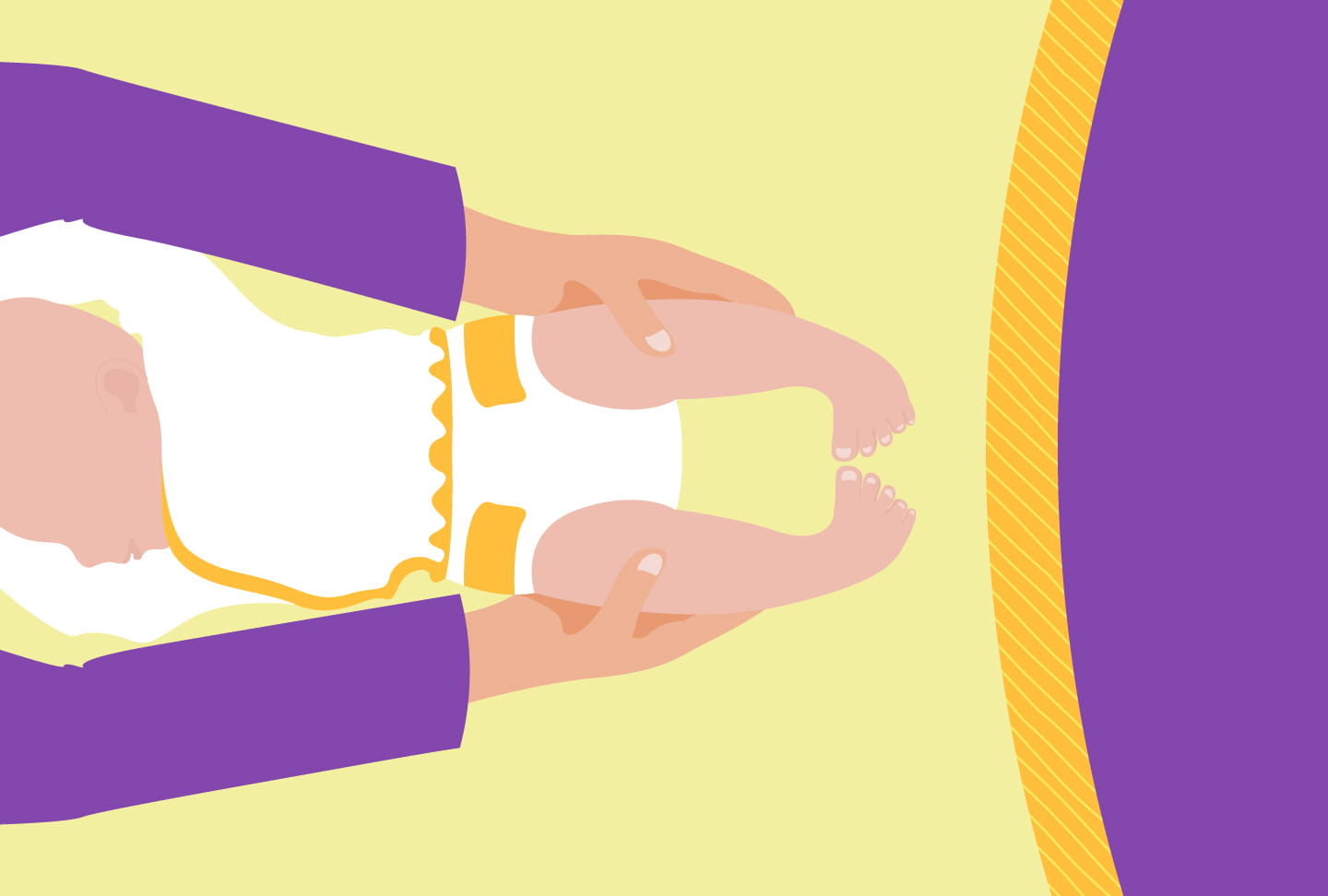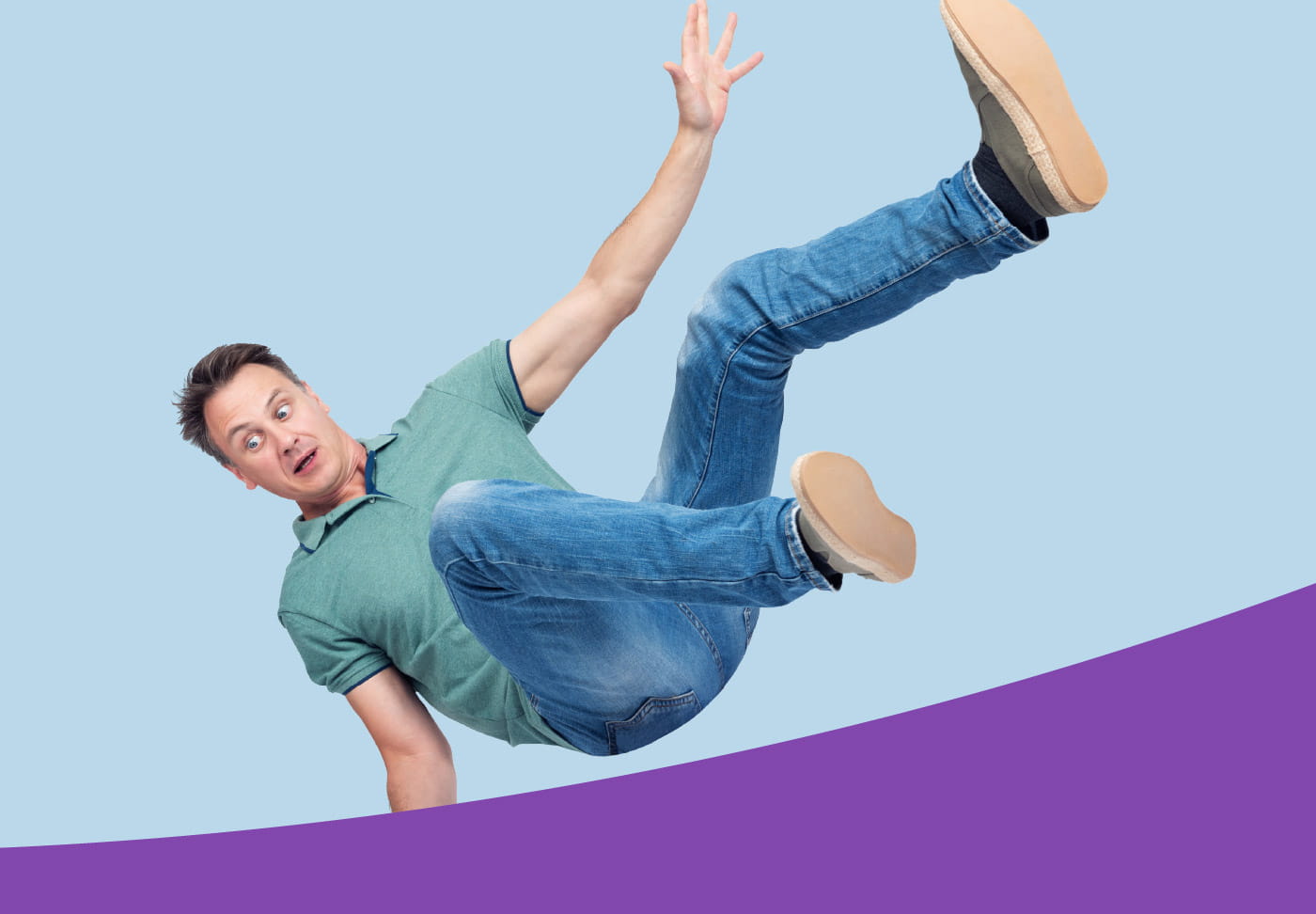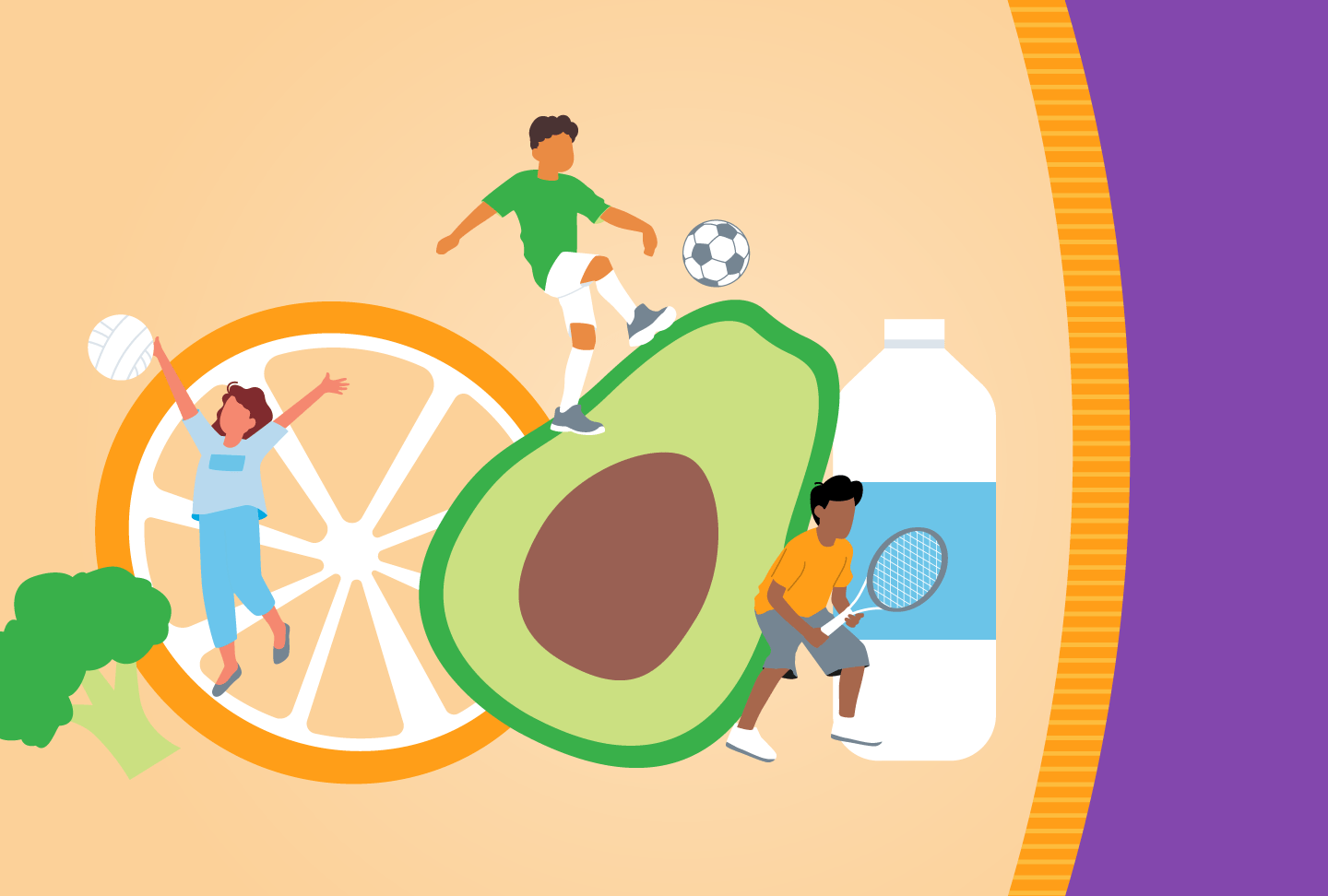When a health condition affects your child’s quality of life or keeps them from doing what they love, your family can rely on Wellstar Pediatric Orthopedics to provide compassionate, comprehensive care. As your child grows, so do their bones and joints, and they need specialized expertise—whether they have broken a bone on the playground or have an orthopedic condition present at birth.
Approximately one to four of every 1,000 babies are born with clubfoot, a condition in which one or both feet are turned inward and downward. The deformity affects a baby’s bones, muscles, tendons and blood vessels. Fifty percent of children born with clubfoot have bilateral clubfoot, which means both feet are affected. While the condition is readily visible at birth, many times the deformity is detected on prenatal ultrasounds, allowing weeks or months for the parents to prepare for the expected treatment. Most children born with clubfoot do not have a parent with the condition. Risk factors include male biological sex (boys are born with clubfoot twice as often as girls), genetic syndromes, neuromuscular disorders, birth defects and a breach birth.
Clubfoot is not a painful deformity, and most children who are treated early go on to live active and healthy lives. However, untreated clubfoot will not improve on its own. As the child gets older, they will have a challenging time walking on their own.
Our team of experts understands that babies born with clubfoot may also have associated conditions such as hip dysplasia or torticollis. Therefore, we thoroughly examine your child to ensure all their needs are addressed.
There are two types of clubfoot: idiopathic and syndromic. Idiopathic clubfoot is the most common, and although we suspect there is a genetic component, we still do not know what causes it. Idiopathic clubfoot is not related to any other medical issues. Alternatively, syndromic clubfoot is more severe, difficult to treat and occurs as part of a larger medical condition. If your child is diagnosed with syndromic clubfoot, our team will coordinate with multiple specialists to tailor care to your child’s specific needs.
Treatment for clubfoot usually begins when the child is a few weeks old. The goal is to correct the foot position before they learn to walk, thus minimizing the impact of the condition on the child’s long-term mobility. This is done through a series of casts designed to help the foot grow more normally.
“We use the Ponseti method, a nonsurgical approach that uses a series of casts and then bracing to gradually reposition the foot,” said Wellstar Pediatric Orthopedic Surgeon Dr. Michael Priola.
With this method, the doctor stretches out and repositions your child’s foot, then places it into a long leg cast to hold their foot in the appropriate position. Long leg casts are used to prevent the cast from slipping off the child’s leg. The cast is removed in about a week, the doctor again repositions the foot, and a new long leg cast is placed. This method continues until your child’s foot is moved into the correct position. Many of our providers utilize soft cast material, which has a higher parent satisfaction rating than the typical plaster material. Following casting, about 90% of patients require a minor procedure that releases the Achilles tendon, allowing further correction of the foot deformity. A final cast is then worn for an additional three weeks before being removed in the clinic.
Once corrected, a brace is used to maintain the alignment over several years. For the first three months after completion of the casting, the brace is worn for about 22 to 23 hours per day. After that, children typically progress to wearing the brace for naps and nighttime only (about 15 to 16 hours per day). This allows your child to learn to crawl, walk, run and play in the normal developmental time frame. Families should continue with this bracing schedule until the patient is 4 years old to prevent the condition from returning.
“This method boasts a high success rate and avoids the need for extensive surgery,” Dr. Priola said. “Sometimes in more severe cases (including a rigid clubfoot) or if the Ponseti method fails, more extensive surgical intervention may be considered.” These surgeries include a complete posteromedial release of soft tissues, tendon lengthening and realignment of joints.
With timely and appropriate treatment, children born with clubfoot can experience significant improvement, leading to a bright future that is not limited by the condition.
If your child is affected by clubfoot, our pediatric orthopedic specialists are here to provide expert care for this condition and support them at every step of treatment. We understand that medical procedures can be stressful for both children and their families. Your child’s care team will personalize treatment to their individual needs and answer any questions you have about clubfoot or managing the condition.
To book an appointment with a pediatric orthopedic surgeon, visit wellstar.org/pedsortho or call (404) 321-9900.




